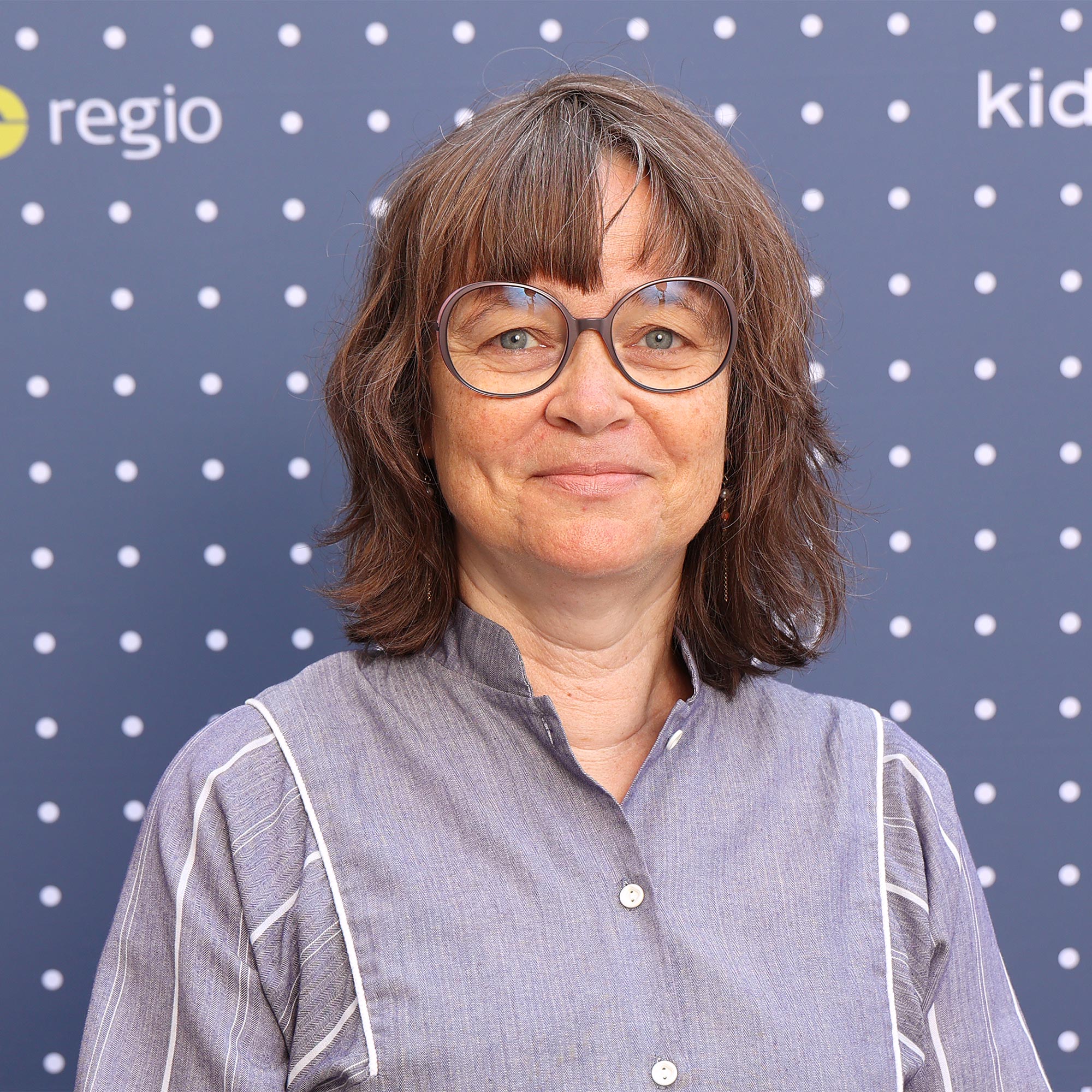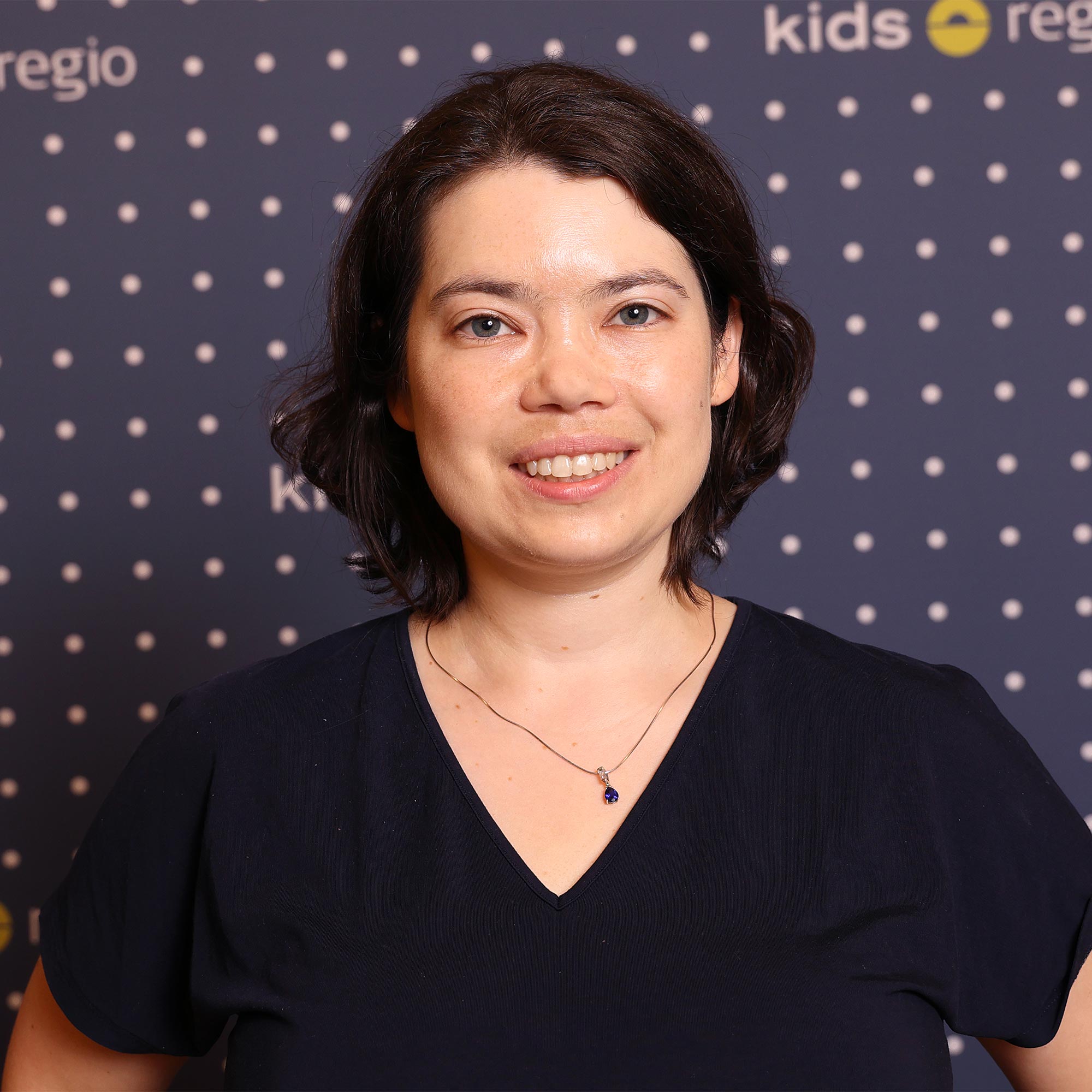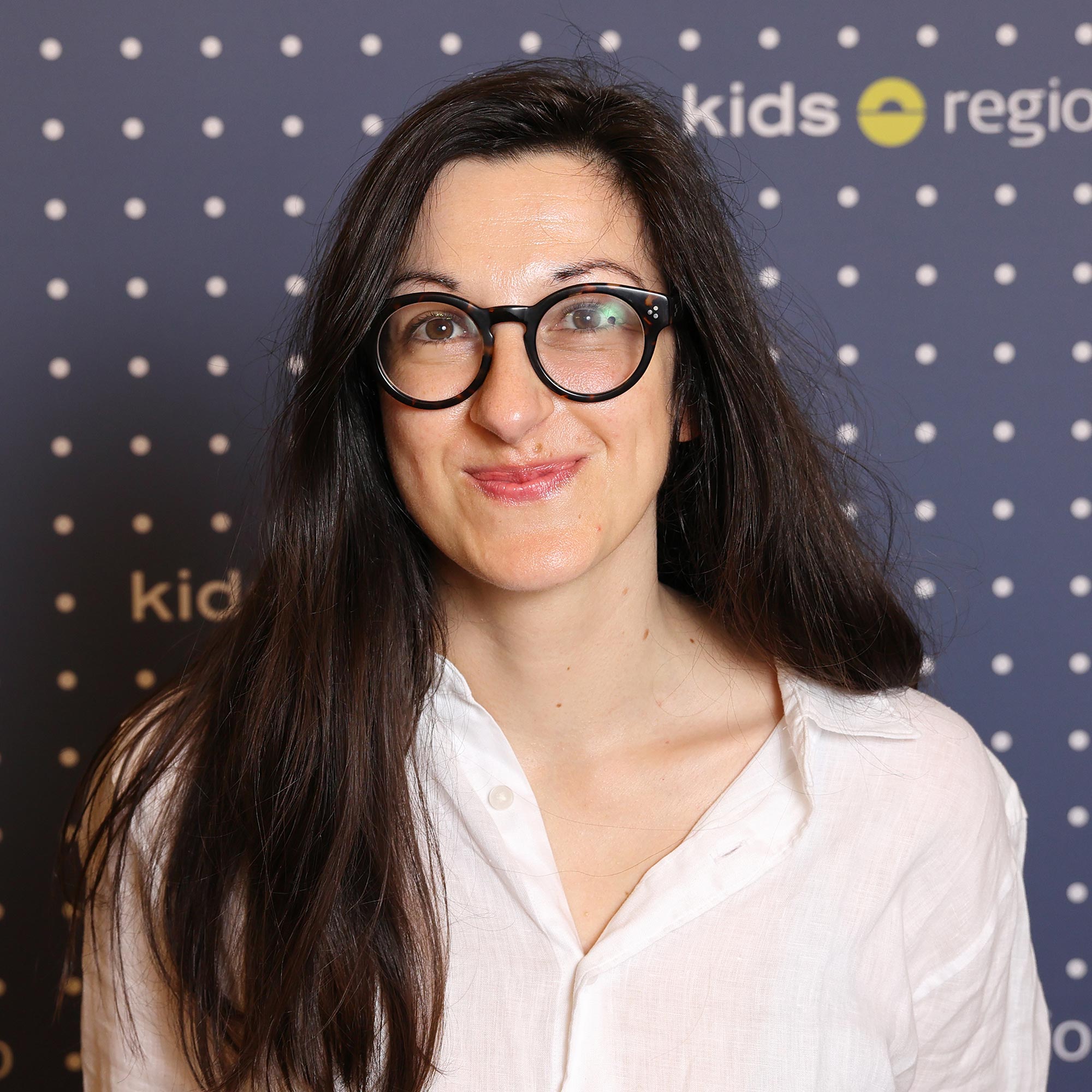
Film in School Curriculum Slovenia
How can film education be integrated into school curricula?
This input session will explore the process of integrating film education into the school curriculum in Slovenia. It will detail the steps taken by an advisory group to develop and implement a successful plan for the Ministry of Culture and in second step, Ministry of Education. The session aims to share valuable insights and strategies that might be applied to similar initiatives in other regions.
HOW I LEARNED TO FLY – A pan-European Distribution Campaign
What steps or innovative approaches could further increase the international reach and success of children’s films in today’s competitive market?
Learnings from the most perfect Filmlaw for Children and Youth in the World
How can the European funding systems help sustain new Film talent, stories and reach the young audiences in local European languages mirroring the present, past and future of the young generations?
In 1997 Danish lawmakers revised the National Film Law. A groundbreaking feature in the new law was § 11. “At least 25% of the funding reserved for production of feature, short and documentary films – was to be reserved for films for children and youth”. The law still persists, but the media landscape has changed. How can we learn and build from this great political achievement on children’s cinema 27 years later?
Rebranding Young Horizons
How do you brand to appeal to a diverse audience of all ages?
After 9 years, the Kids Kino IFF was renamed Young Horizons IFF. A new name, identity, visual key and way of communicating have been created to reach a wider audience and new generations who have completely different expectations and no longer want to be identified as children.
Revitalizing Non-Commercial Family Film Viewership in Europe
What role can film festivals and distribution programs play in shaping the future of non-commercial family film viewing?
Non-commercial cinemas and film festivals in Europe face an aging audience and competition from multiplexes and streaming platforms. In Lithuania, family screenings are among the least attended, with high costs and competition leading regional cinemas to favor commercial content. This trend risks the disappearance of essential educational and artistic children’s films.
Thinking about (European) Audiences?
When working on a film project, what do you consider as the ‘metrics of success’ you’d want to achieve with it?
Building networks for cinemas and lift up the young audience – a joint mission
How can we build a participant-driven network and what can we learn from similar networks?








